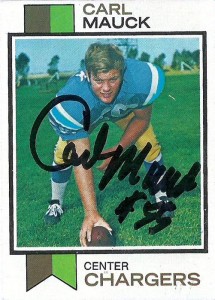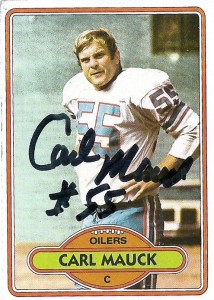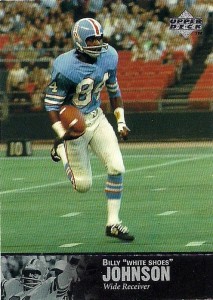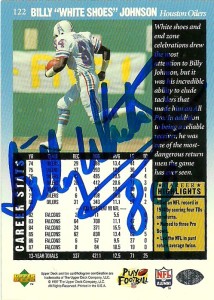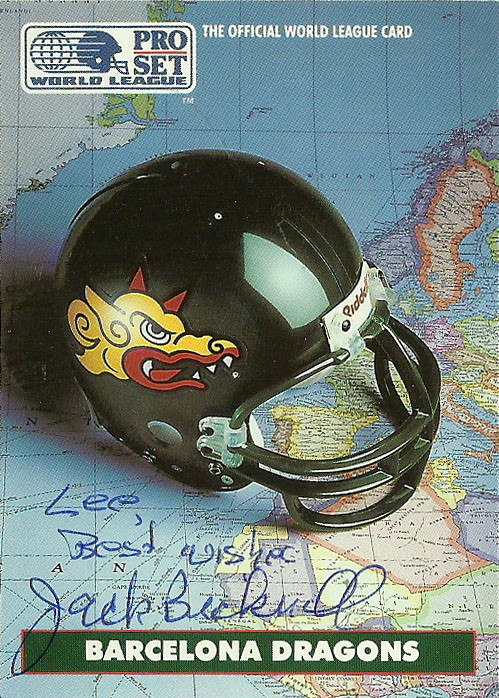
COACH: Jack Bicknell
STADIUM: Montjuic Olympic Stadium
RECORD: (1991) 8-2 (1992) 5-5
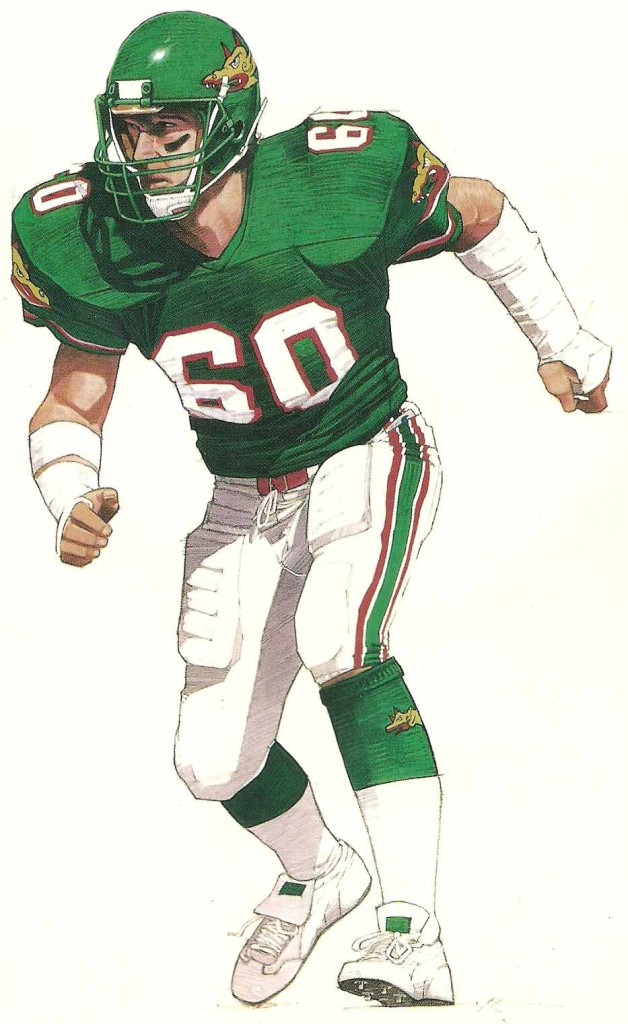
BACKGROUND:
The Barcelona Dragons enjoyed some of the best stability throughout the history WLAF/ NFL Europe with the longest tenured coaches in the league. Over the entire lifetime of the Dragons, Jack Bicknell was the only head coach the team knew. Andrew Brandt served as the team’s primary GM with Terry McDunough as Director of Player Personnel. Future Galaxy head coach Dick Curl served as OC/ QBs and receivers coach for the team, while future SeaDevils coach Vince Martino worked with the offensive line. At defensive coordinator Red Kelin, was Jack Bicknell’s partner in crime. He stayed with Jack throughout nearly the whole tenure of the franchise as well.
Barcelona has long been interested in American Football. From its roots in 1987, the sport then took off in neighboring Spain, with Barcelona’s team being known as, “The Drags”. When the WLAF was establishing franchises, prominent real estate developer Josep Figueras and president of the city’s Chamber of Commerce, acquired ownership of the franchise.
The Dragons was the name the ownership group wanted from the beginning. It was the design that took some time. The logo was designed by Los Angeles artist Jayme Odgen, who paints with a strong Picasso influence. It took 27 iterations to get to this final design, and while it is Picasso influenced- it comes off as being more Aztec. Originally blue, gold, and red were selected as the color combinations- but since the ownership group felt that they knew what color dragons were, green needed to be the dominant color.
The Dragons played at Estadi Olimpic de Montejuic stadium in Barcelona which had been renovated in 1989 to a 55,000 capacity stadium. An all-purpose stadium that functioned primarily as a soccer arena, Montejuic was given a nice facelift in anticipation of the Summer Olympics coming to the city. The Dragons were embraced warmly by the city, and players relied on home grown Operation Discovery player Xisco Marcos to show them around town. Marcos, despite never getting on the field, was the most popular player on the team.
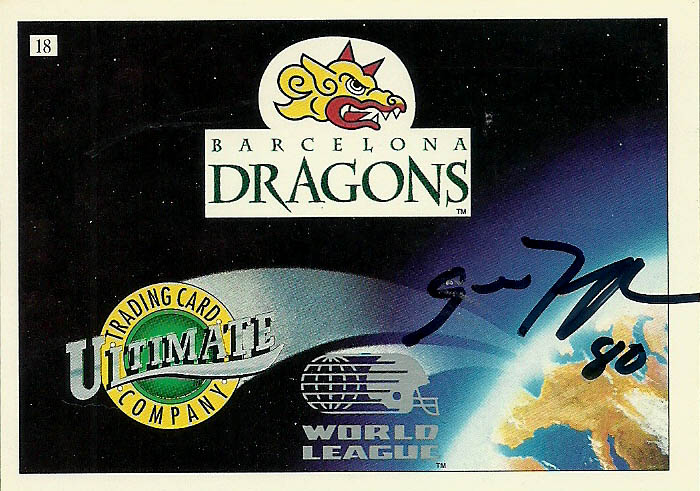
1991:
The Dragons had strong depth across the board that allowed them to appear at World Bowl I in 1991. Despite losing their starting quarterback Scott Erney and starting runningback Paul Palmer to injuries at different points of the season, the team found other ways under Bicknell’s clever clock management, good line play, and aggressive defense to win games.
The Dragons were the second least sacked team in the league behind their division rival Monarchs. Gene Taylor led the way at WR with 35 receptions for 745 yards, a cornerback killing 21.3 YPC, and 6 TDs. Mr. Irrelevant 1990, Demetrius Davis made mincemeat of zone defenses at TE catching 34 balls for 461 yards and 3 touchdowns. Tim Edgerton (27 receptions, 336 yards) and Thomas Woods (20 receptions, 223 yards) rounded out a sound receiving corps.
At runningback, Paul Palmer (former Chiefs, Cowboys runningback,) created all the buzz, but it was Jim Bell in the end with 367 yards, as unhearlded fullback Lydell Carr cleared the path for no matter who was running behind him.
Quarterback Scott Erney (1186 yds, 8TD, 2INT), was an accountable clock manager for Barcelona, while backup Tony Rice stepped in and electrified the offense with his fleet feet (210 yards rushing, 2 td).
The defense hammered opponents, and had former #1 NFL pick Bruce Clark at defensive end. He paced the team with linebacker Eric Naposki at 7 sacks. Naposki, Goetz, (team lead in interceptions with 4,) and Eric Lindstrom (4 sacks) were the strength of the team at linebacker for the tenacious defense. In fact the most amount of points the team allowed in 1991 was 22 in a 22-14 loss to the Monarchs. Anthony Greene was the team’s #1 defensive back, recording 3 picks on the season.
Among other notables from the 1991 season were punter Louie Aguilar, who went onto greater glory in the NFL for the Chiefs, and Jay Gruden- (older brother of Jon Gruden,) who became one of the most prolific passers in Arena Football History and head coach of the Washington Redskins.
The team cruised through the 1991 season, losing only to the Monarchs, and a 10-3 yawner to Frankfurt in Week 9 of the season. This made the standings uncomfortable for the Dragons, and in fact left them looking in on the playoffs, but with the Galaxy blowing a season finale to the lowly Surge, Barcelona was in.
The Dragons dispatched with Birmingham to advance to the World Bowl and face their rival Monarchs again, but after playing a close contest early on, the Dragons buckled and fell 21-7.
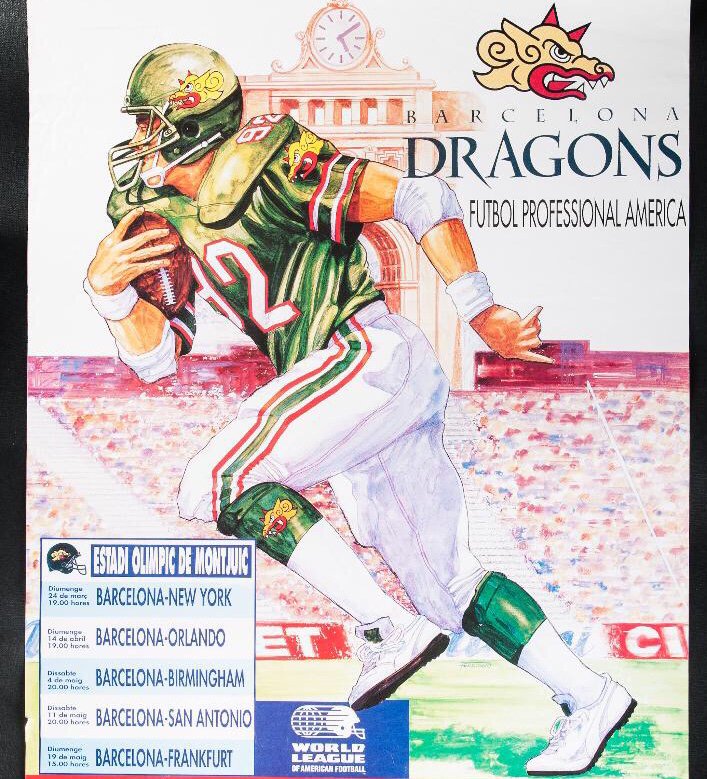
1992:
1992 opened up with a 17-0 loss to Frankfurt, but the team responded winning the next 5 contests in a row over the Knights, Monarchs (x2), Galaxy, and Glory, before dropping their next 5 contests to back into the playoffs with a 5-5 record.
The team suffered offensively in year two, being blanked 3 times by opponents (Galaxy, Riders, and Knights). Paul Palmer and Scott Erney both returned to champion the offense, but the line suffered offensive line woes, giving up 3.8 sacks a game.
It was at receiver that the team really stepped up in 1992. Thomas Woods led the team with 51 receptions for 546 yards and a blazing 86 yard score. Tony Moss (40 rec, 421 yards, 2 td) and Demetrius Davis (34 rec, 374 yards, 2 TDs) really helped keep the team moving when the run game stalled out.
On defense, Clark was back with newcomer Brent White (7 sacks), but the team was much more reliant on their back 8. Goetz (3 picks, 2 sacks), Lindstrom (7 sacks), and Naposki (4 sacks) again made up the difference at linebacker, but it was Greene in the secondary (3 picks) and Adrian Jones who really came alive (9 int, TD) to help rescue the team’s season from disaster.
Among the other notable players on the roster of the Dragons in 1992, was former Oilers kicker Teddy Garcia.
Somehow at 5-5 the Dragons made the playoffs, this time as the European Division Champions. They’d put up a spirited fight against the eventual World Bowl II Champion Sacramento Surge, but lose 17-15 in the first round. The team would go into hibernation for the next few years until it returned in 1995.
NOTES:
Odd stories about the league seemed to come from Barcelona. The funniest of them was that the players couldn’t find beds big enough or long enough to sleep in so they frequently squished two together.
It was obvious from the beginning that American fan interest circled around former Notre Dame QB Tony Rice, however the most popular player turned out to be Xisco Marcos- a local who had made the team through Operation Discovery.
Among the franchises the Dragons seem to be the most snake bitten, as both offensive lineman Barry Voorhess, Scott Adams and TE Dementrius Davis have already passed away.
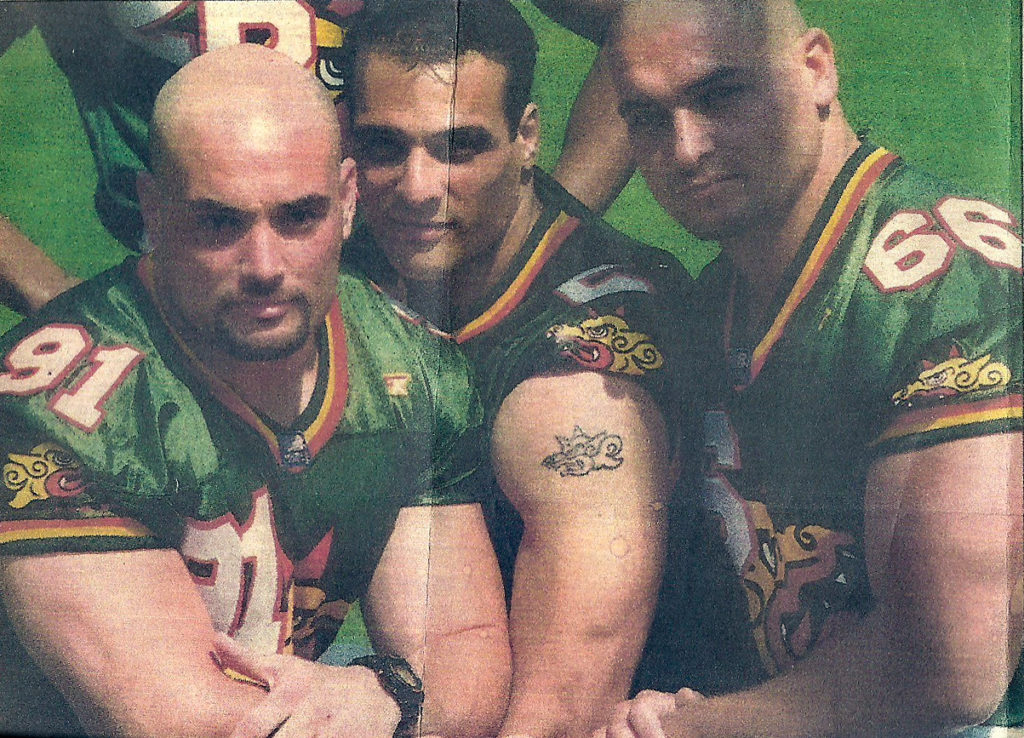
LEGACY:
With the return of the WLAF in 1995 to a purely European format, Barcelona was welcomed back, along with London and Frankfurt, and a few new European franchises to boot. Much of the roster had moved on by now, but a few holdovers decided to give the league another shot. The team had some interesting names on it. Former San Antonio wonder back from 1991, Ricky Blake led the way at runningback with 398 yards on 98 carries. He’d be joined by Lindsey Chapman (289 yards) and QB Jay Walker (204 yards). Walker was the team’s leading passer with 7 TDs and 7 picks. Former Heisman Winner Casey Weldon and Tony Sacca backed him up at quarterback. Barcelona finished at a flat .500.
In 1996, future Cleveland Brown Kelly Holcomb took the reins at QB finishing second in the league in passing with 2,382 yards passing. Charles Thompson ranked 3rd in the league with 410 yards. Mainstay Demetrius Davis ranked 5th in the league with 43 receptions. Barcelona again managed to break even with a 5-5 record- 4-1 at home and 1-4 on the road.
With the 1997 season, the Dragons finally had a breakthrough. While again finishing at 5-5, Barcelona blew through the playoffs to win their first World Bowl title 38-24 over the Rhein Fire. Future Seahawks QB Jon Kitna guided the team with his 3 receivers Tyree Davis (43), Sheddrick Wilson (41), and Bryce Burnett (35) finishing three, four, and five in the receiving standings. Terry Wilburn finished 5th in the league with 429 yards rushing.
After a subpar 1998 season at 4-6, the Dragons again returned to the World Bowl in 1999, behind Lawrence Phillips (1031 rushing yards) and Todd Bouman throwing to Brian Finneran. The Dragons came in with the league’s best record of 7-3 but lost to Frankfurt 38-24.
In 2000, the team finished again at 5-5. About the only highlight was Jeremaine Copeland leading the lead in receiving with 74 catches.
2001 again saw the Dragons put up a league leading 8-2 record. Mike Green led the league in rushing with 1,057 yards breaking Lawrence Phillips rushing record. Trevor Insley finished second with 61 catches.
In 2002, the Dragons finally fell on hard times with a 2-8 record and while the team rebounded in 2003 with a 5-5 record, Barcelona’s attendance figures were suffering. The league decided to shuffle the franchise to Germany where it became known as the Cologne Centurions in 2004.
Barcelona finished its tenure at 59-55 overall in the different incarnations of the World League.
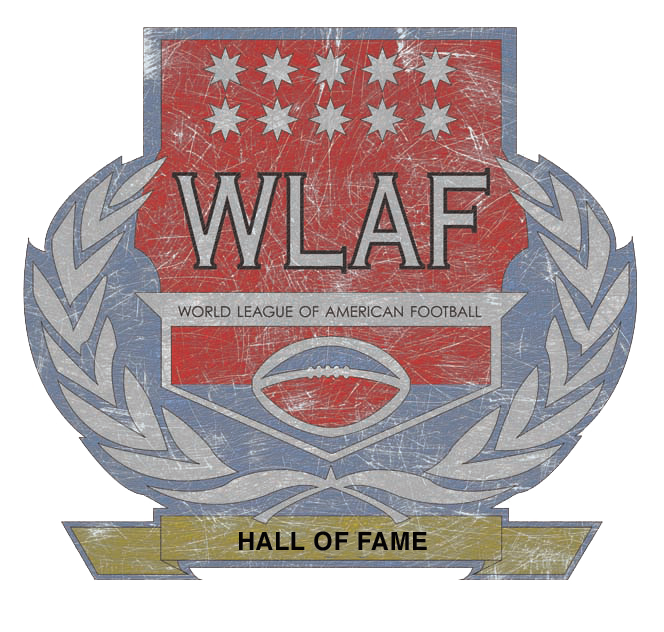
HC- Jack Bicknell
QB- Scott Erney, Tony Rice,
RB- Paul Palmer, Lydell Carr, Jim Bell
OL- Bobby Sign, Scott Adams, Brett Wiese
WR- Gene Taylor, Thomas Woods, Tim Egerton, Xisco Marcos
TE- Terry O’Shea, Demetrius Davis
DL– Bruce Clark, Mike Ruth
LB- Ron Goetz, Eric Lindstrom, Eric Naposki
DB- Anthony Greene
P– Louie Aguiar
SUPPLEMENTAL HONOR ROLL:
Thanks to the generous donations of @CFLfan_inPhilly I have been able to begin work on expanding the shrine to the World League, by adding members of the league’s spiritual successor, NFLE/Europa through their various card sets from Playoff Contenders NFLE 2000.
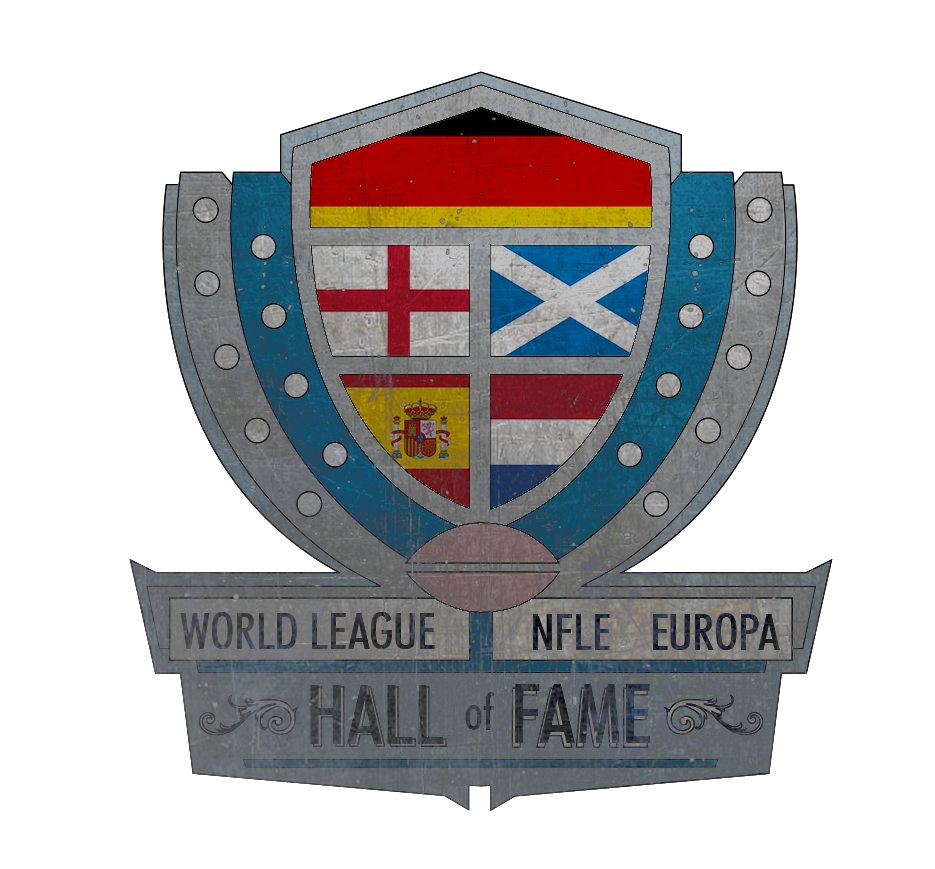
QB- Tony Graziani, Cory Sauter, Casey Weldon
RB- Jesse Haynes
WR- Jermaine Copeland, Sean Morey
TE- Damian Vaughn
At this time I am still missing autographs on these cards from:
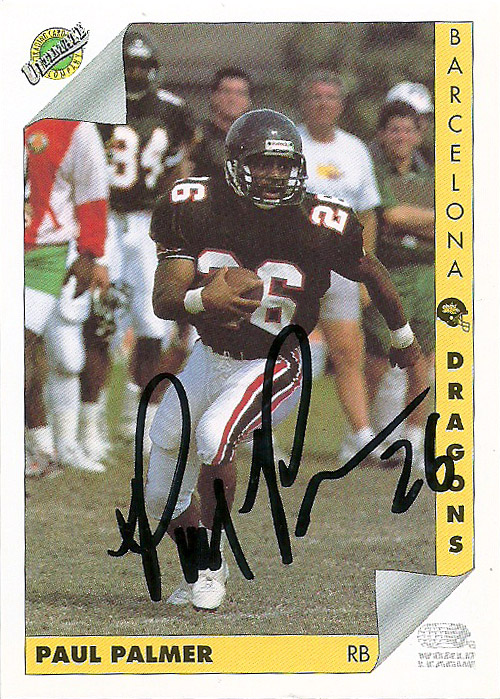
Pro Set WLAF 1991-
Barry Voorhees (DEC)
Ultimate WLAF 1992- Demetrius Davis (DEC)
Mike Hinnant
Wild Card WLAF 1992-
Glenn Cobb
Brad Henke
Tony Moss
Demetrius Davis (DEC)
